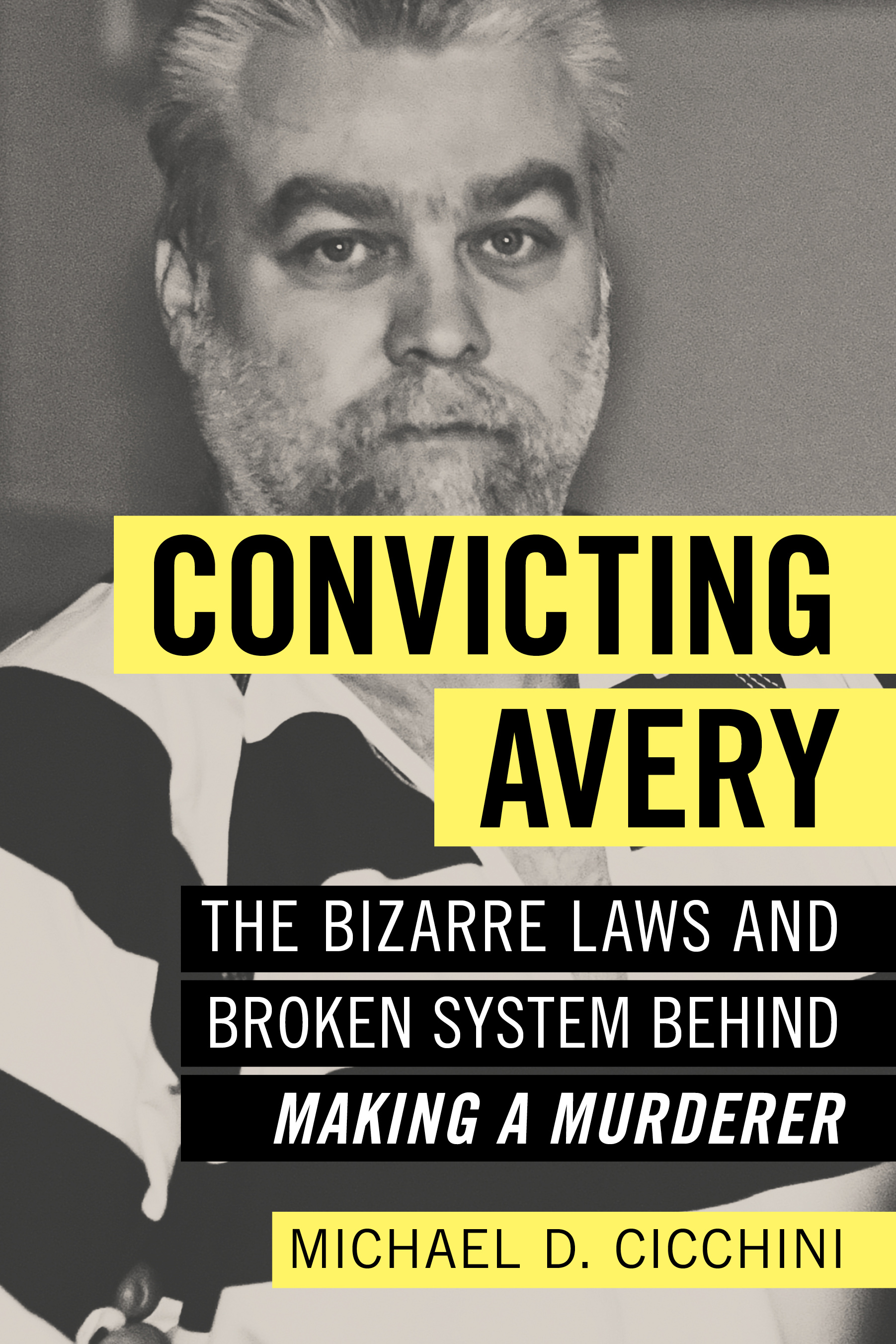Supreme Court opinions are too long
By: dmc-admin//August 10, 2009//
The opinions issued by the Wisconsin Supreme Court are too long.
John J. Kircher, a professor at Marquette Law School, recently calculated that, since 1978, the average length of their opinions has quadrupled. The court’s longest opinion in 1978 took up 40 pages, and the average was 12.
In 2008, the average opinion was more than 50 pages, and the longest was 84.
I’ll admit that using 1978 as a baseline is misleading. That is the year the Court of Appeals was created, and one of the reasons for creating that court was to allow the Supreme Court to take fewer cases and spend more time on those it did.
Nevertheless, the length of opinions today is a problem.
First, as the justices’ opinions get longer, their caseload is dropping. In the term just ended, the court issued full opinions in only 57 cases. In the previous term, it was 66 cases. If you go back to the 2001-02 term, they decided 81 cases.
Every month when the Supreme Court issues its order granting certiorari in a few cases, I see cases where certiorari was not granted, even though, in my opinion, the cases easily meet the criteria, and the law on important issues remains unsettled.
If the court didn’t look at every case it took as an opportunity to beat a dead horse, maybe they’d find the time to take some of those cases.
Second, more is not necessarily better. If a court holds X, and gives three reasons for that holding in a concisely written opinion, attorneys have something manageable to work with.
In a subsequent case to which that opinion applies, perhaps only two of those three rationales are applicable. An attorney can argue, because rationale number three does not apply, the precedent should be distinguished.
But when a court feels obligated to throw in the kitchen sink — every rationale imaginable to support its holding, it does not do lower courts or attorneys any favors. Which of the ten reasons the court gave as rationale were actually important to the Court? Which were just piled on to make the opinion look more thorough? Who’s to know?
The proliferation of dissents and concurrences, frequently longer than the lead opinion, is also problematic. In contrast, consider the one-paragraph dissent of Chief Justice William Rehnquist in Garcia v. San Antonio Metropolitan Transit Authority, 469 U.S. 528 (1985), merely stating his affirmation of “a principle that will, I am confident, in time again command the support of a majority of this Court.”
Sometimes, a lengthy dissent or concurrence from the Wisconsin Supreme Court is both right on, and useful. Consider Justice David Prosser’s concurrence in Umansky v. ABC Insurance Company, 2009 WI 82 (July 17, 2009). I agree with it entirely — the distinction between ministerial and discretionary duties in government immunity cases has no basis in the statutory language, the legislative history, the early cases interpreting it, or anywhere else.
Plaintiffs’ attorneys have been contending that the distinction should be abolished for years; a concurring opinion from the Supreme Court agreeing with that is welcome. And it is useful to attorneys; there’s no need to reinvent the wheel; the case is already laid out for you in that concurrence.
But then, there are the twin cases of Horst v. Deere & Co., 2009 WI 75, and Godoy v. E.I. DuPont de Nemours & Co., 2009 WI 78 (both decided July 14, 2009).
Horst is 136 paragraphs long, including two concurrences and a dissent; Godoy is 112 paragraphs long, including three concurrences. All the concurrences and the dissent address a peripheral issue — whether Wisconsin should change its standard for analyzing product liability cases.
I have no problem with the justices issuing separate opinions to address this issue. But why is it necessary to do it in both cases? “See the concurring opinion of Justice X in the case Y v. Z, issued this same day,” should have sufficed for one of the cases.
The way the Supreme Court operates now, it leaves important issues unresolved, while frequently complicating, rather than offering guidance on, the issues it does address.
Legal News
- Wisconsin attorney loses law license, ordered to pay $16K fine
- Former Wisconsin police officer charged with 5 bestiality felony counts
- Judge reject’s Trump’s bid for a new trial in $83.3 million E. Jean Carroll defamation case
- Dozens of deaths reveal risks of injecting sedatives into people restrained by police
- The Latest: Supreme Court arguments conclude in Trump immunity case
- Net neutrality restored as FCC votes to regulate internet providers
- Wisconsin Attorney General asks Congress to expand reproductive health services
- Attorney General Kaul releases update at three-year anniversary of clergy and faith leader abuse initiative
- State Bar leaders remain deeply divided over special purpose trust
- Former Wisconsin college chancellor fired over porn career is fighting to keep his faculty post
- Pecker says he pledged to be Trump campaign’s ‘eyes and ears’ during 2016 race
- A conservative quest to limit diversity programs gains momentum in states
WLJ People
- Power 30 Personal Injury Attorneys – Russell Nicolet
- Power 30 Personal Injury Attorneys – Benjamin Nicolet
- Power 30 Personal Injury Attorneys – Dustin T. Woehl
- Power 30 Personal Injury Attorneys – Katherine Metzger
- Power 30 Personal Injury Attorneys – Joseph Ryan
- Power 30 Personal Injury Attorneys – James M. Ryan
- Power 30 Personal Injury Attorneys – Dana Wachs
- Power 30 Personal Injury Attorneys – Mark L. Thomsen
- Power 30 Personal Injury Attorneys – Matthew Lein
- Power 30 Personal Injury Attorneys – Jeffrey A. Pitman
- Power 30 Personal Injury Attorneys – William Pemberton
- Power 30 Personal Injury Attorneys – Howard S. Sicula









